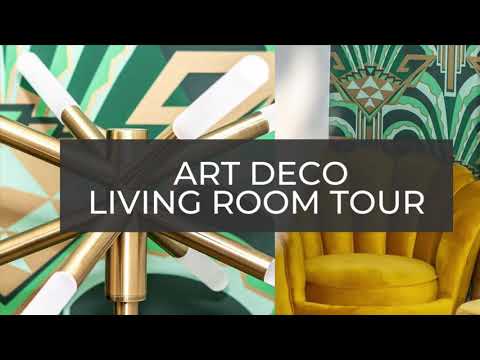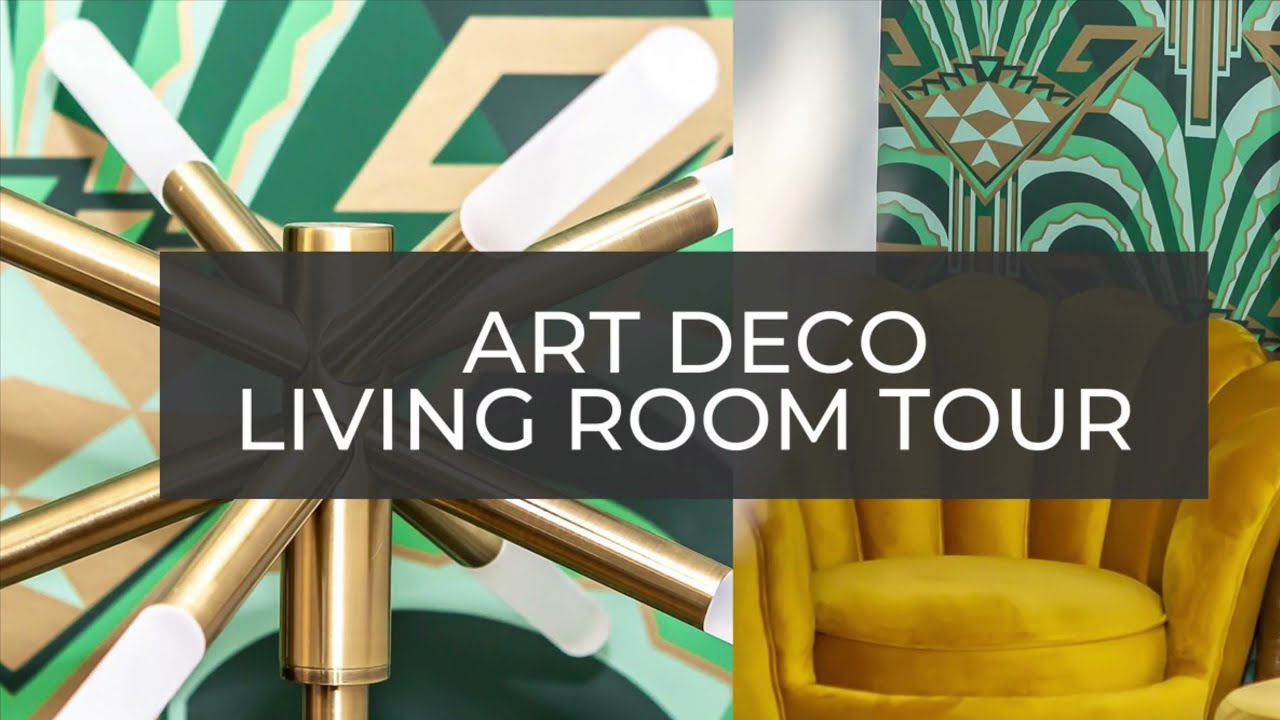Art Deco fabrics are a stunning fusion of bold geometric patterns, luxurious materials, and exquisite craftsmanship. Transport yourself to the glamorous era of the 1920s and 1930s with these captivating textiles that exude elegance and sophistication. With their intricate and ornate designs, Art Deco fabrics instantly add a touch of opulence to any space. The vibrant colors and striking motifs, such as fans, sunbursts, and chevrons, create a sense of drama and intrigue. These fabrics are meticulously crafted, showcasing the attention to detail that was characteristic of the Art Deco movement. From luxurious velvet to shimmering satin, these materials are sumptuous to the touch and provide a sense of indulgence. Whether used in upholstery, drapery, or fashion, Art Deco fabrics transform any setting into a glamorous and sophisticated haven. Incorporating these fabrics into your home or wardrobe allows you to embrace the timeless elegance and bold spirit of the Art Deco era. Let the captivating allure of Art Deco fabrics ignite your imagination and take you on a journey to a bygone era of elegance and style.

The Rise of Art Deco Fabrics: A Glimpse into the Glamorous Era
Art Deco, a style that emerged in the 1920s, captivated the world with its bold geometric shapes, luxurious materials, and intricate designs. This movement, which influenced various aspects of design, including architecture, jewelry, and fashion, also left an indelible mark on the world of fabrics. Art Deco fabrics, characterized by their opulence and elegance, continue to be highly sought after by collectors and enthusiasts alike. Let’s delve into the fascinating world of Art Deco fabrics and discover the secrets behind their enduring allure.
The Essence of Art Deco Fabrics: Luxurious Materials and Bold Designs
Art Deco fabrics are known for their extravagant use of materials and striking patterns that embody the spirit of the Roaring Twenties. Silk, velvet, and lamé were among the most popular materials used in creating these fabrics. Silk, with its smooth texture and natural sheen, added an air of sophistication to any design. Velvet, on the other hand, exuded luxury and extravagance with its soft and plush feel. Lamé, a fabric woven or knit with metallic threads, brought a touch of glamour and shimmer to the Art Deco creations.
The designs of Art Deco fabrics were characterized by strong geometric shapes, such as zigzags, chevrons, and sunbursts. These bold patterns were often combined with vibrant colors, including deep blues, rich purples, and shimmering golds, to create visually stunning pieces. The juxtaposition of sharp lines and vibrant hues captured the essence of the Art Deco movement, which sought to break away from the ornate and intricate designs of the past.
The Influence of Art Deco on Fashion: Fabrics Fit for Flappers
Art Deco fabrics played a pivotal role in shaping the fashion of the 1920s. The era of the flapper, known for its rebellious attitude and liberated fashion choices, embraced the bold and glamorous designs of Art Deco. Women’s dresses, often made from luxurious silks and velvets, featured geometric patterns and intricate beading that exuded a sense of modernity and sophistication. The fabrics used in these garments perfectly complemented the carefree and daring spirit of the Jazz Age.
Art Deco fabrics also influenced men’s fashion during this period. Ties, waistcoats, and suits adorned with geometric patterns and vibrant colors became increasingly popular. These bold fabric choices added a touch of personality and flair to men’s ensembles, reflecting the changing attitudes towards fashion and self-expression.
The Legacy of Art Deco Fabrics: Collecting and Preserving History
Art Deco fabrics continue to captivate collectors and enthusiasts around the world. The scarcity and uniqueness of these fabrics make them highly sought after, with vintage pieces commanding high prices in the market. Collectors often meticulously preserve and showcase these fabrics, recognizing their historical and artistic value.
Preserving Art Deco fabrics requires careful handling and maintenance. Due to the delicate nature of materials like silk and velvet, it is essential to store them in temperature-controlled environments to prevent deterioration. Additionally, avoiding direct sunlight and excessive humidity is crucial to ensure the longevity of these valuable textiles.
Reviving Art Deco Fabrics: Incorporating Timeless Glamour into Modern Design
While Art Deco fabrics have their roots in the past, their timeless appeal continues to inspire contemporary designers. Today, many designers incorporate the aesthetic elements of Art Deco into their creations, paying homage to an era of glamour and opulence.
Art Deco-inspired fabrics can be seen in various design applications, such as upholstery, drapery, and accessories. The bold geometric patterns and luxurious materials add a touch of sophistication to any space or outfit. By blending the elegance of the past with modern sensibilities, designers create pieces that seamlessly bridge the gap between the old and the new.
In conclusion, Art Deco fabrics remain a testament to the glamour and opulence of the 1920s. The luxurious materials, bold designs, and vibrant colors continue to captivate collectors and inspire contemporary designers. Whether adorning a flapper’s dress or gracing the upholstery of a modern piece of furniture, Art Deco fabrics bring a touch of timeless elegance and glamour to every setting.
From Drab to Fab: Stunning Art Deco Living Room Makeover!
List of Art Deco Fabrics
Art Deco Fabrics
| Design | Colors | Patterns | Materials |
|---|---|---|---|
| Geometric | Bold and contrasting | Zigzags, chevrons, and sunbursts | Silk, velvet, and satin |
| Abstract | Rich jewel tones | Curves, circles, and arcs | Brocade and damask |
| Floral | Pastel shades | Large blooms and foliage | Chiffon and organza |
| Animal Print | Neutral and earthy tones | Leopard, zebra, and snake motifs | Faux fur and leather |
Art Deco fabrics were a fundamental part of the roaring 1920s and the glamorous 1930s. These textiles reflected the bold and luxurious nature of the Art Deco movement, characterized by its geometric shapes, sleek lines, and opulent materials.
The design of Art Deco fabrics often featured striking geometric patterns, such as zigzags, chevrons, and sunbursts. These designs were complemented by an array of vibrant and contrasting colors, creating a visually captivating effect. The materials used in these fabrics were equally lavish, with silk, velvet, and satin being popular choices.
Abstract motifs were also prevalent in Art Deco fabrics, with curved lines, circles, and arcs being prominent patterns. These designs were often rendered in rich jewel tones, adding a touch of sophistication and glamour to any interior or garment. Brocade and damask were commonly used materials for these abstract-themed textiles.
Floral patterns, although softer in appearance, were not excluded from the Art Deco style. Pastel shades were favored in these fabrics, with large blooms and foliage creating a sense of elegance and femininity. Chiffon and organza were commonly used fabrics for these delicate and romantic designs.
Lastly, animal prints made their mark on Art Deco fabrics, particularly in the form of neutral and earthy tones. Leopard, zebra, and snake motifs were popular choices, evoking a sense of exoticism and adventure. Faux fur and leather were frequently employed to achieve a luxurious and daring look.
Art Deco fabrics continue to inspire designers and enthusiasts today, capturing the essence of a glamorous era through their captivating designs and sumptuous materials.

